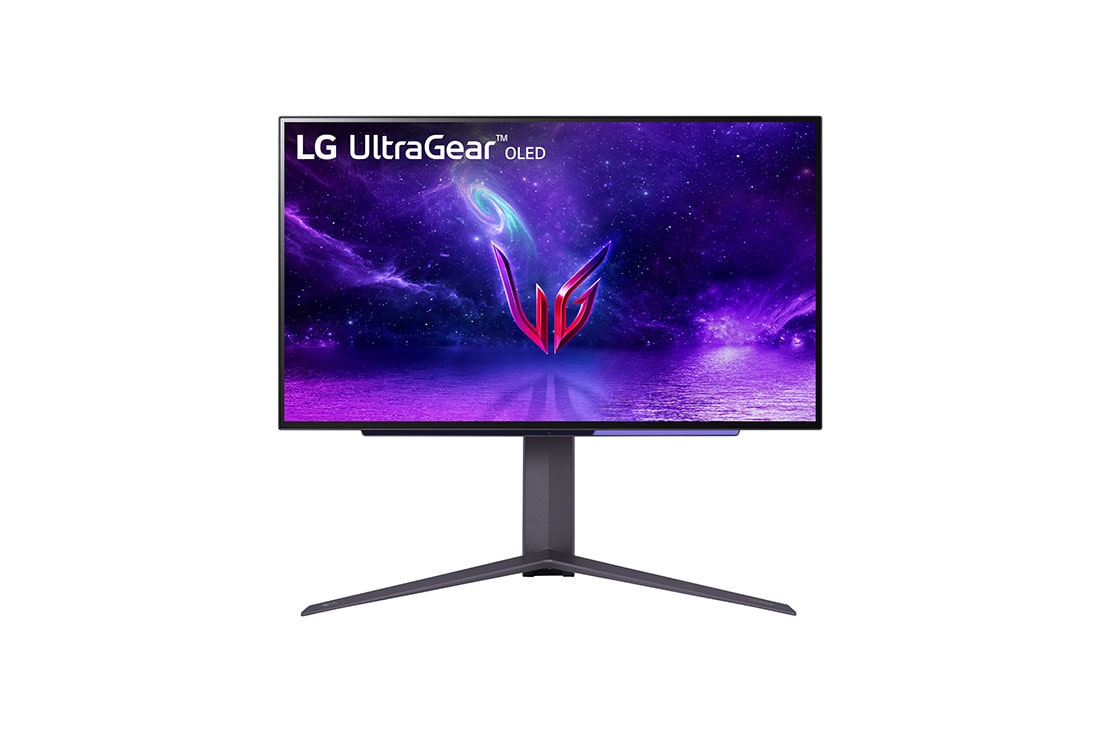It's LG/WOLED thing.I think it's an OLED thing, maybe to increase brightness. But yeah that might be another reason to wait for either hardware or software fix for that.
And it's really not for increasing brightness, but for having any real brightness without pixels burning out fast.
WOLEDs literally can't do pure colours at higher brightness, because that white subpixel is used to artificially boost brightness beyond capabilities of red/green/blue subpixel and that results literally contaminated output spectrum.
Instead of colour filter from white, Samsung's QD-OLED uses quantum dot colour converters to make green and red from blue OLED resulting far better efficiency and light output per wear and doesn't need white subpixel.
Though now subpixel layout causes fringing in "two dimensions"...
OLED is simply still far away from what was hyped dozen years ago.
Last edited:







 and light grey = the new black. Except for size, everything else was a huge downgrade. Lcd got a little better over the years.
and light grey = the new black. Except for size, everything else was a huge downgrade. Lcd got a little better over the years.